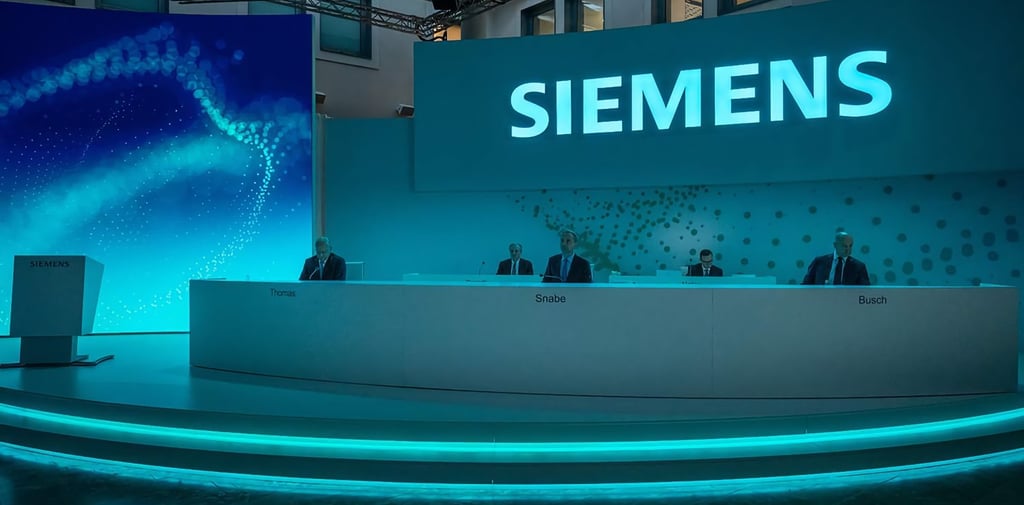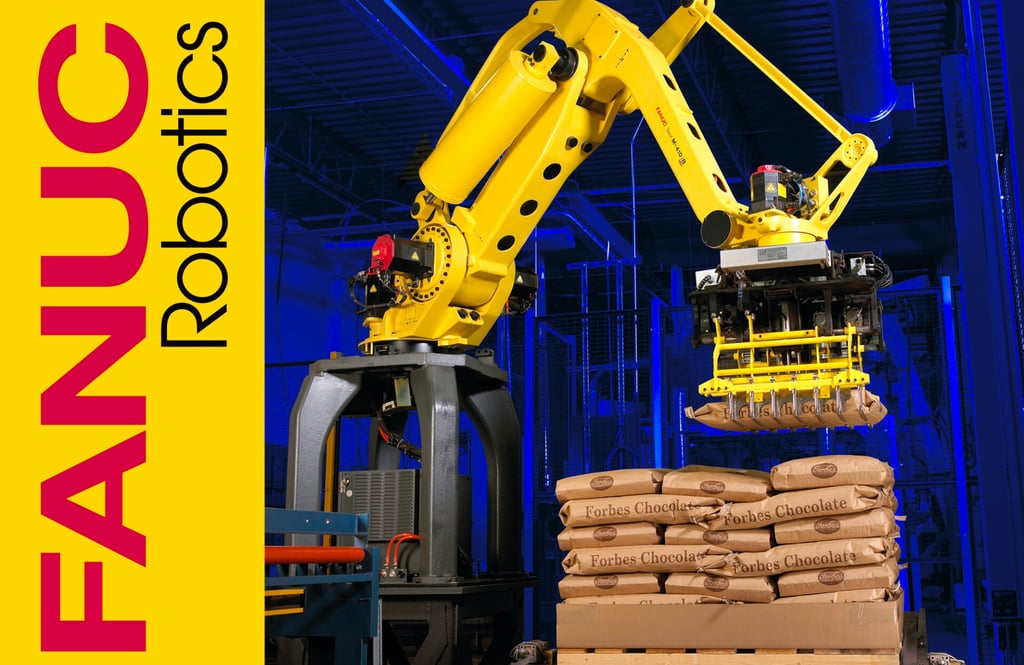
The Rise of Dark Factories: Inside the Future of Fully Automated Manufacturing
Learn more about how dark factories are changing the world of manufacturing in this beginner-friendly blog post. Discover how automation, AI, and robotics are powering lights-out production — and what it means for jobs, businesses, and the future of work.
11/4/20253 min read


The world of manufacturing is undergoing a silent revolution. In some places, factories are already running without lights or people. Automation has moved beyond theory and into the real world, transforming how things are made, who makes them, and how fast production can move. Curious how it all works? Keep reading—this might just be the future knocking.
Automation is enabling factories to run 24/7 with minimal human oversight. Smart machines don’t get tired, don’t need breaks, and can operate with incredible consistency. That means higher productivity and lower error rates across the board.




With improved precision and fewer mistakes, companies are seeing serious cost savings. Robotics and AI-driven processes can reduce waste, speed up production, and take over repetitive tasks once done by humans.
As automation grows, traditional labor roles are shrinking. But new tech-based opportunities are rising. Workers are now expected to reskill and adapt—learning to operate, monitor, or fix these advanced systems instead of being replaced by them.




Source: digital-robots.com
From Germany’s smart factories to Japan’s lights-out production lines, countries across Asia and Europe are leading the way. Big players like Siemens and FANUC are showing what full automation looks like in real life.


Source: chlsystems.com
It’s not all smooth sailing. System failures, cybersecurity threats, and expensive setups are major risks. And beyond the technical? There's the ethical debate: Should we automate everything just because we can?


Source: morethandigital.info
The future won’t be machines vs. humans—it’ll be machines with humans. Hybrid models, digital twins, and predictive systems are already shaping the next decade. Want to see what that future looks like?


Source: gleematic.com
We created a beginner-friendly course to walk you through the world of smart automation — from robotics and AI to real-life case studies and future trends.
Learn how automation is changing manufacturing, what it means for jobs, and how to stay ahead in a tech-driven world.
📚 Start the course today and discover the future of production.
